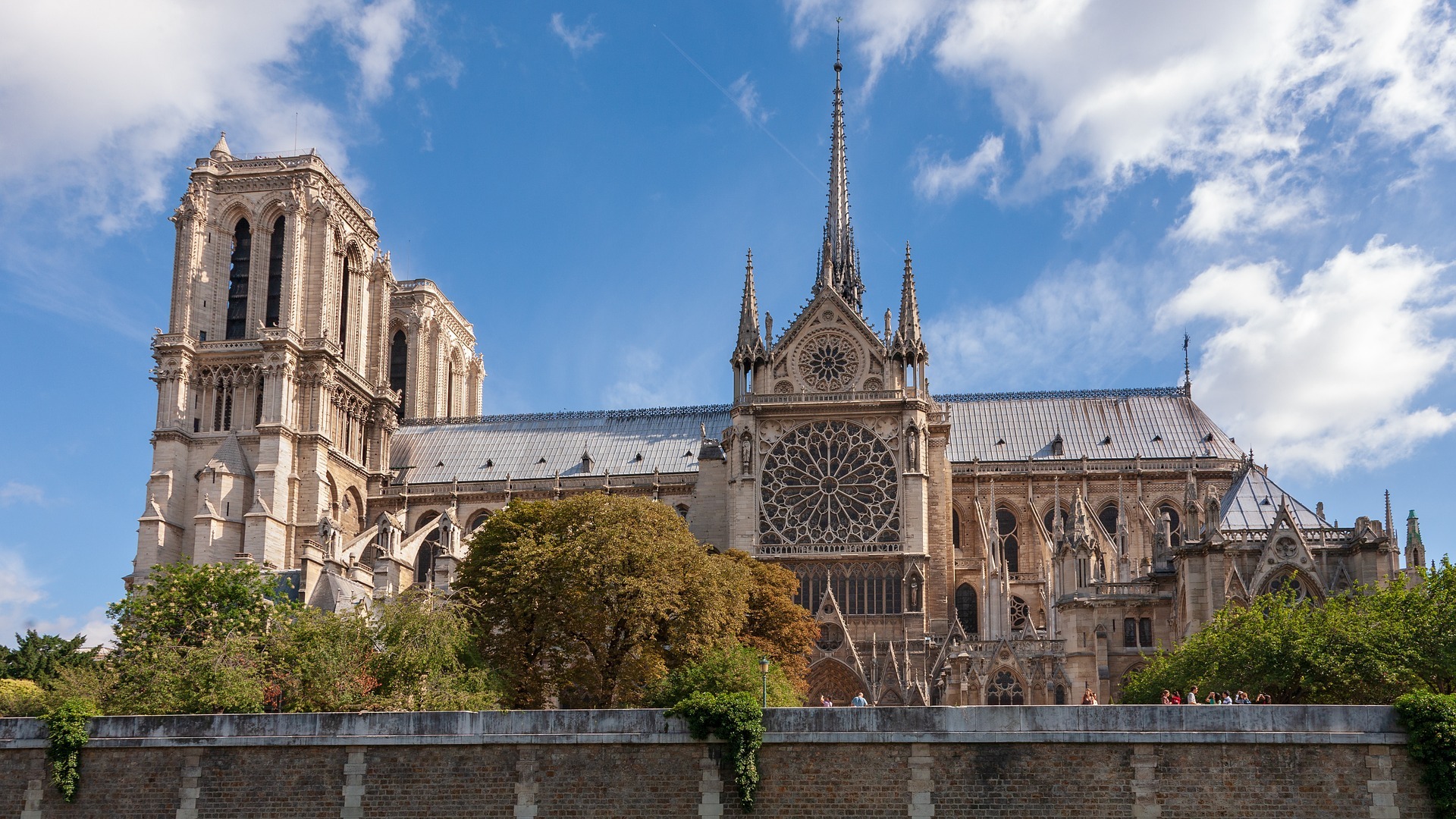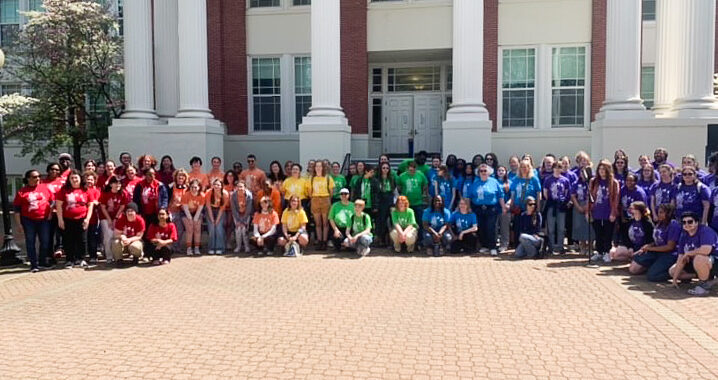Campus community reacts to Paris fire
4 min read
Over a billion dollars has been raised for the restoration of the historic monument. (Pixabay)
By EKATERINA SAVELYEVA
Staff Writer
On Monday, April 15, a fire broke out on the roof of France’s Notre Dame Cathedral, destroying its roof and collapsing the spire that has become an iconic part of the twelfth century cathedral’s silhouette. The collective global response of grief to the fire has reached the UMW campus, where many feel personal connections to the disaster, either by way of field of study or national origin.
Dr. Andréa Livi Smith, chair of the Historic Preservation Department, feels the effects of the fire two-fold: not only is the Notre Dame a famous icon of her field, but she shares a home city with it.
“I’m from Paris, so this is a really meaningful thing to me,” said Smith, “I was kind of a mess on Monday. I’ve been there many, many, many times.
Smith leads summer trips to Paris focused on planning, architecture and preservation every two years. This year, she anticipates a slightly altered focus for the students on the trip.
“The content is going to change in that we’re obviously going to talk a lot more about the preservation consequences of the fire,” said Smith, “There’s a lot to say about it, and there’s a lot of issues that now have to be resolved in terms of how to rehabilitate this building.”
Central, for instance, is the question of the roof. “That roof was actually constructed of timbers from really large trees from the 800s and 900s that cannot be replaced at all,” said Ethan Knick, sophomore historic preservation major.
Knick emphasized the large-scale connection he and his fellow students felt to the event. “To us in the major, it’s kind of what historic preservation’s about in general,” said Knick.
Smith also brought up the roof’s unique timbers as an example of a preservation question that emerges from the disaster.
“We don’t have those anymore, so what do we replace them with? What do we put instead? Those are going to be really, really tough questions that have to be answered. It’ll make for, I think, a really interesting conversation,” said Smith.
Smith and her students will be confronting these issues face-to-face this coming summer.

Some students had a chance to see the cathedral before the fire. Freshman Alberic Karina-Plun had just visited Notre Dame with his family over winter break.
“I’ve been to Notre Dame many times, including inside, but this time when we went we decided not to go inside because we were on a tighter schedule and we figured ‘Oh, we can just come back in a year or two,’” said Karina-Plun.
“As a French citizen, it’s extremely depressing to see the beating heart of your country engulfed in flames,” said Karina-Plun.
Within hours of the fire’s completion, billionaires around the world pledge in total a sum of over a billion dollars in the name of Notre Dame’s preservation. This creates its own complicated questions.
Sophomore Sophie Blons, a French international student who has spent the past year teaching introductory level French courses at UMW, is suspicious of this philanthropy. While she acknowledges the importance of the Notre Dame as a monument, she feels the international response to the fire indicates dissonant values.
“In Paris, you have a ton of homeless people, you have a ton of migrants sitting on the streets, and so big groups just gave money to build this again and they never give money to the people,” said Blons.
The fire has not only fostered these important conversations and been a source of personal grief, but it has also underscored the importance of monuments and their endurance.
“As a historic preservation major, we learn not to take marvels like these for granted,” said Karina-Plun. “Watching Notre Dame burn has definitely inspired me to continue in the historic preservation field.”
With preservation efforts of the Notre Dame on the horizon, Smith stressed these moments as an inevitable part of any historical building’s life cycle.
“Buildings don’t just stand still in time, they’re worked on over the years,” said Smith. “So in a sense we’re going to put a new stamp on it, but we’re not fundamentally changing this building.”
Jessica Lynch, a freshman historic preservation major who is going on Smith’s trip this summer, anticipates it to be an emotional, illuminating experience.
“I know I will shed tears looking at the fallen masterpiece,” said Lynch, “However, this is now a call to action for citizens and preservationists alike to discover how we can preserve this building for generations to come.”
“It’s going to make class even more interesting,” Smith said, “just a little bit more emotional.”











